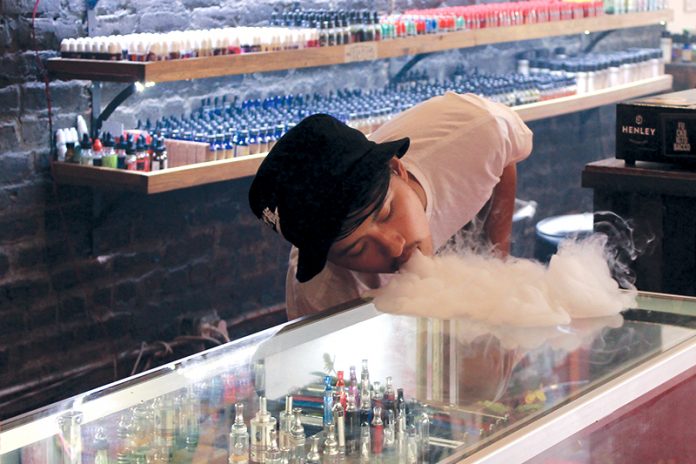Are reports of the death of the vapor store channel greatly exaggerated? Some say that virtually all of the country’s 8,000-plus vapor stores will fade away as the FDA’s deeming regulations phase in. In fact, the FDA itself has reportedly predicted the demise of 90 percent of the channel over the next few years—which may actually be for the best, notes Norm Bour, founder of the vapor consulting company VapeMentors.
“I don’t necessarily think that’s all bad, because the reality is that most vapor shops are poorly run, with bad customer service and bad management,” he says. “Also, it’s not a commodity yet; it’s still a pretty unique product. So this is not like a gas station where you need one on every corner.”
Bour’s prediction? “Five years down the road, you’ll walk into a store the size of a Walgreens and that’s where you’ll go for your vice of choice—alcohol, tobacco, CBD, cannabis. Everything will be highly taxed, but the store will be run professionally.”
Evolution, Not Extinction
The big money, however, is somewhere in the middle—betting on a winnowing out of the “opportunists” who got into the game looking for a quick hit, coupled with the need for those staying the course to adapt their businesses to the new reality.
“Realistically, the vapor store channel, which is very fragmented, will continue to consolidate given the regulation and the overhang,” agrees Bonnie Herzog, managing director and tobacco analyst at Wells Fargo. “Having said that, I think the stronger shops will continue to thrive.”
In fact, the retail field is already narrowing as vape shop owners who profited handily by making their own e-liquids come up against a harsh regulatory reality. “Supplying your own liquid was where the big money was being made at retail,” notes John Wiesehan, CEO of Ballantyne Brands, who says the universe of vape shops has already dropped from about 12,000 two years ago to the 8,000 figure commonly cited today. In the wake of deeming regulations that are curtailing imports from China, those store owners are now struggling to source e-liquids.
A Hybrid Solution
Ultimately, the consolidation Herzog and others see ahead spells opportunity for other retail channels that sell vapor products, primarily c-stores and tobacco outlets, as vapor store customers seek alternatives to the suppliers. “If you talk to distributors, they’re already seeing it,” says John Wiesehan. “Retail has transitioned to a hybrid model where selling tobacco, smoke and vape is more prevalent than vape-only stores.”








